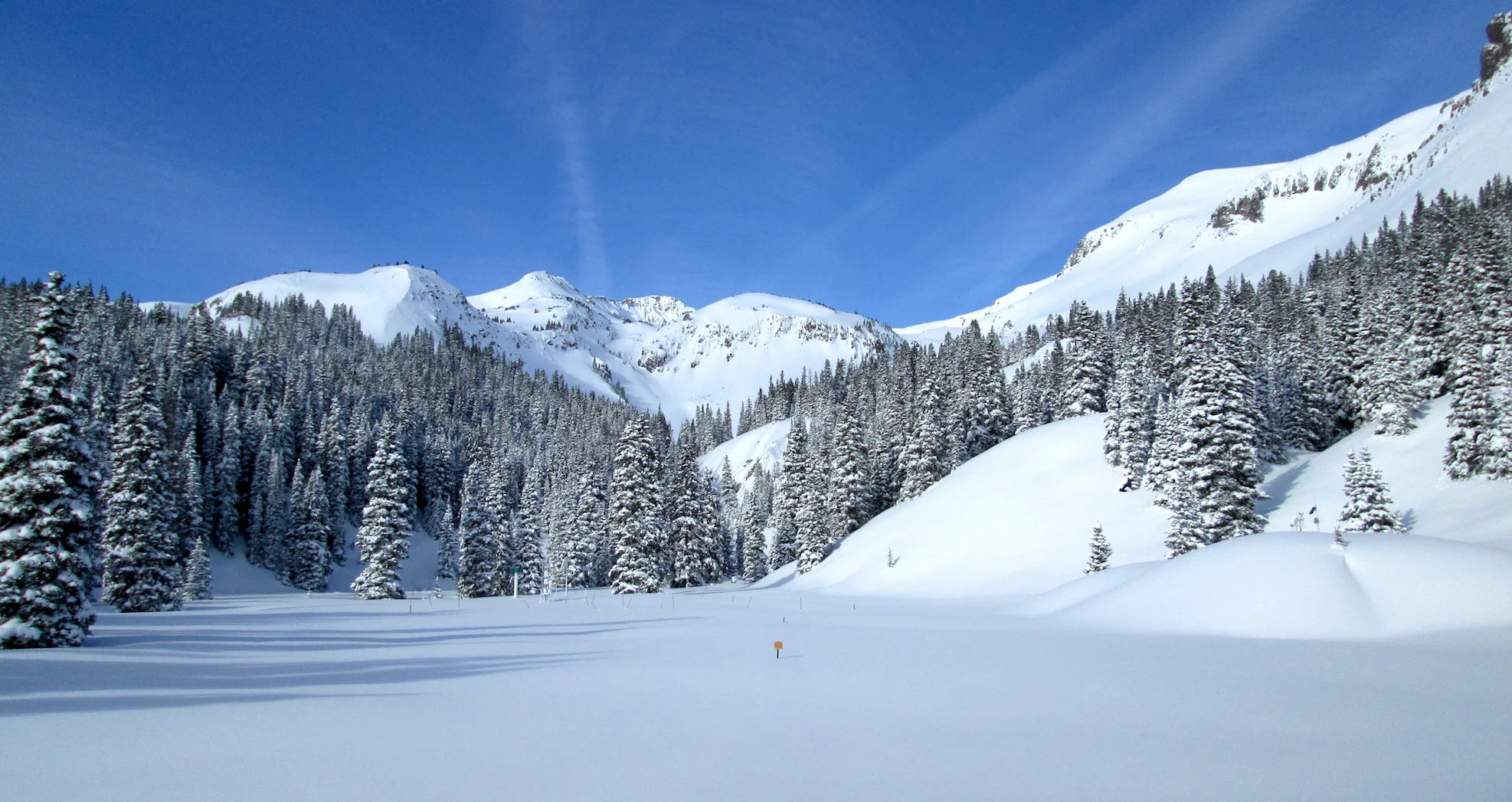CODOS Update June 30, 2022: Microplastics in Dust-on-Snow Samples Across Colorado Mountains
Greetings from Silverton,
Center for Snow & Avalanche Studies as part of our Colorado Dust-on-Snow Program (CODOS) collects dust-on-snow (DOS) samples from 11 sites around the state in latter spring when all the dust layers have merged at the surface, referred to as all-layers-merged (ALM) samples. At our Senator Beck Study Basin (SBB) near Red Mt Pass we also collect individual dust layer samples every time a dust event occurs.
For over 11 years CSAS has maintained a productive collaboration with USGS’s Harland Goldstein and Richard Reynolds. Our USGS colleagues analyze the dust samples for their physical, mineral, and chemical properties, including reflectance values which relate to snow-surface albedo. An example of their work related to DOS on snow melt effects can be found here, and on another line of inquiry, an example of the DOS relations with phosphorus can be found here. Most of our understanding about these issues come from the work of Richard and Harland and this CODOS dataset.
Recently all 38 samples, water years 2013-2016 from all sample sites around Colorado, were found to contain microplastics (MPs). Given that MPs have been found in the Polar Regions, ocean spray, as well as even the human blood and lung tissue, perhaps it is little surprise they have been found in dust-on-snow. But this information is far reaching and imperative in understanding the anthropogenic finger prints on our mountain ecosystem. Other studies have indicated that MP sources include roads (especially tire wear), agriculture, population centers, inadequate management of waste, and even sewage sludge.
Currently there are more questions than answers. Such as: What are the sources for the MPs in our Colorado Mountains? How much MP is present and do MP amounts vary from year-to-year and place-to-place? Some plastics absorb solar radiation; do MPs diminish snow-surface albedo to influence the onset and rate of snow melt? If so, how do such influences compare with those from other dust components? What are the effects of MPs on montane ecosystems, soils, and aquatic life? Humans? Answering questions about MPs may provide clues about other anthropogenic contaminants and inform the roles of MPs in a much larger issue, local to global, of the sources and distributions of contaminants through our environment.
A few interesting related articles:
MP Affect Melt Rates of Snow & Ice
MP Hidden Contribution to Snow Melting
MP Prevail in Snow from Alps to the Arctic
Constraining Atmospheric Limb of MP Cycle
MP Turn into “Hubs” for Pathogens, Antibiotic-Resistant Bacteria
We have always known this long-term data collection of dust-on-snow would yield many insights, some of which completely unknown until now, like the discovery of MP, for example, showing once again this to be a very rich dataset, and the value of long-term monitoring in general (which is typically the most difficult to support). You will not find a comparable dataset even close to this anywhere in the world. Most research projects collect data over a few months, maybe a few years, but the duration, spatial coverage, quality and consistency of this dataset are extremely rare. Colorado is home to the richest data source of DOS and now MP and it is only through the support of the Colorado water community that these 11 years of observations and sampling is a reality.
Please see images and preliminary information below. As mentioned we are just starting the work of processing samples and analyzing results. Expect an update on the progress in the near future. A big thank you to Rich Reynolds for providing the images below.
The USGS publication about microplastics in dust-on-snow can be found here. Below are a few images from the report.
Take Care,
Jeff Derry




